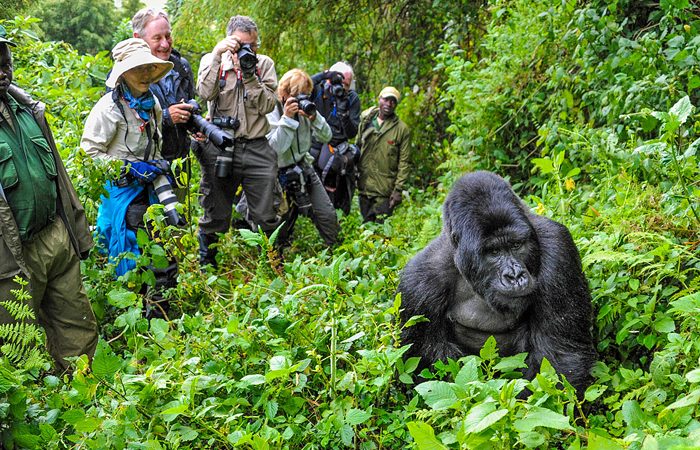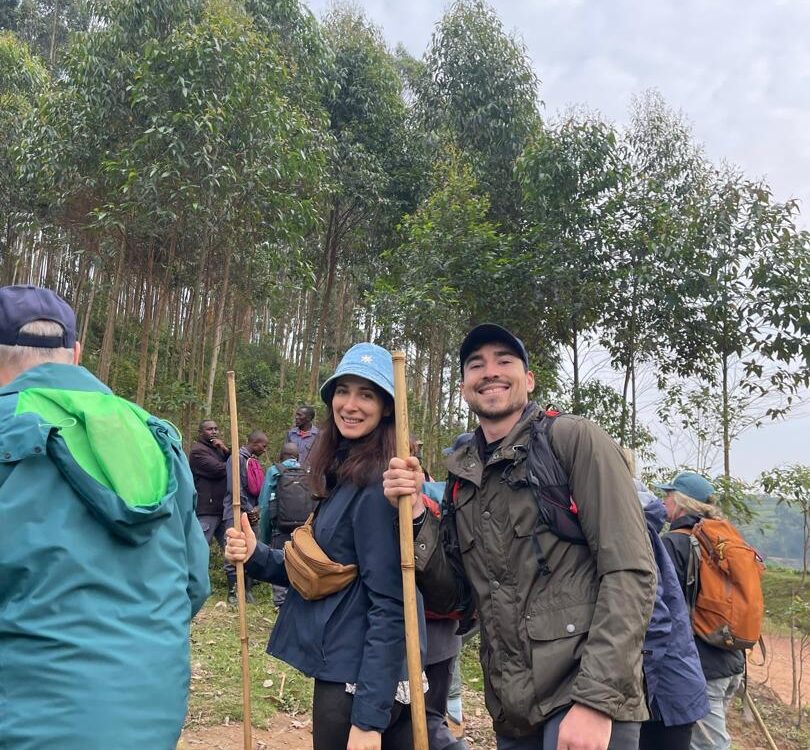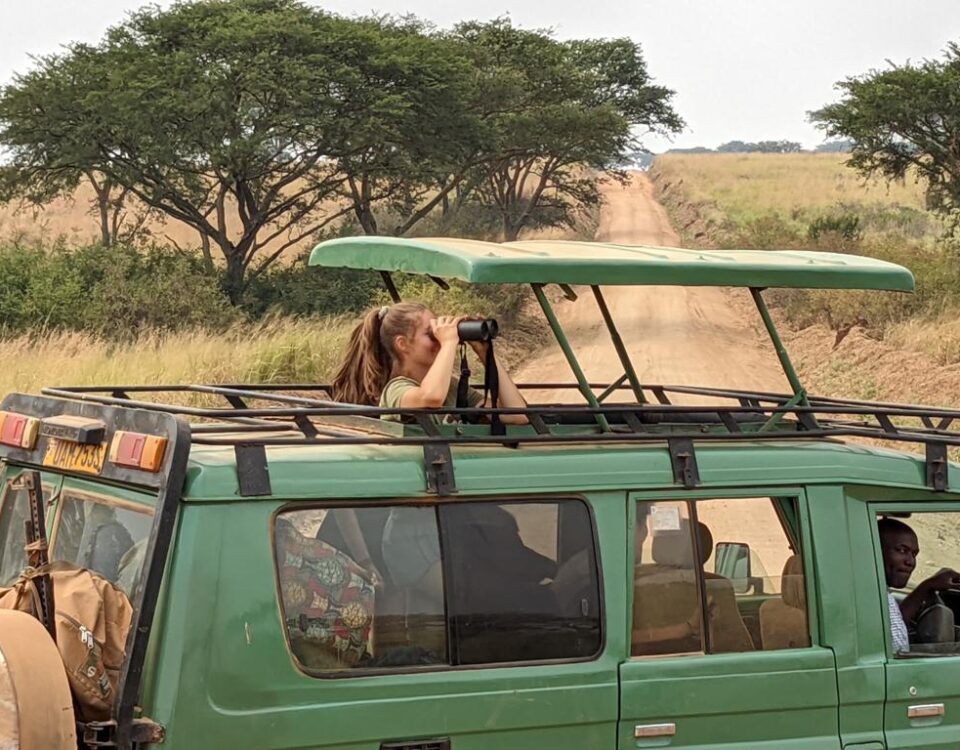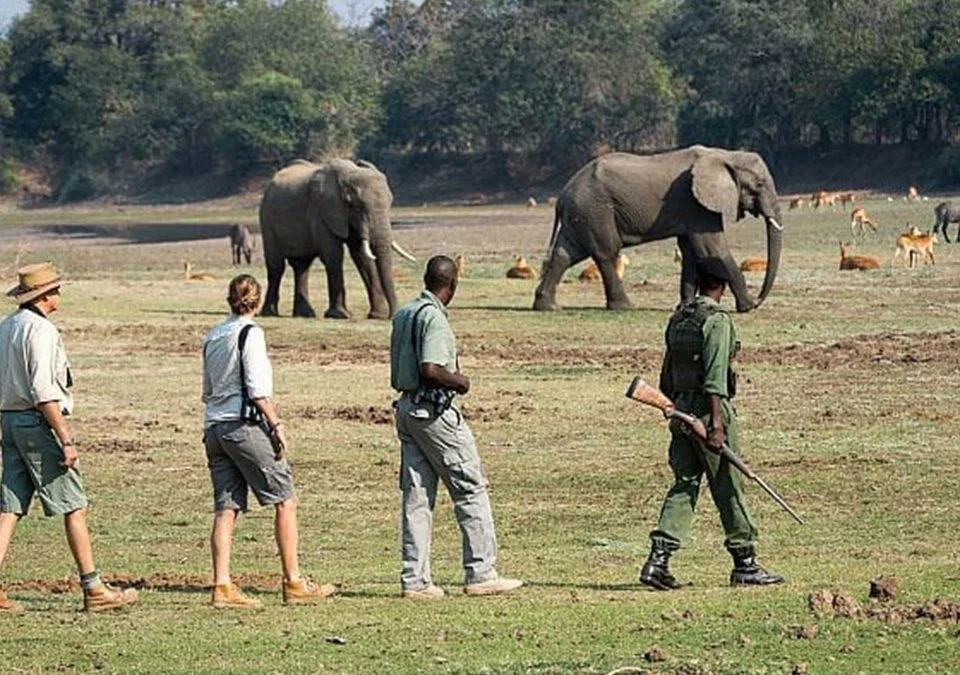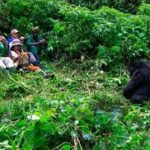
How Much Does a Gorilla Trekking Permit Cost in Rwanda?
May 19, 2025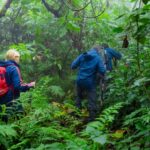
Can I Use a Tripod During Rwanda Gorilla Trekking?
May 20, 2025How Close Can I Photograph the Rwanda Gorillas?
One of the most frequently asked questions by travelers embarking on a Rwanda safari is, “How close can I photograph the Rwanda gorillas?” Mountain gorilla trekking in Rwanda’s Volcanoes National Park is a bucket-list wildlife experience, offering close encounters with one of the world’s rarest and most captivating primates. Photography is an integral part of these gorilla tours, allowing visitors to capture unforgettable moments and preserve memories of their once-in-a-lifetime adventure.
Uganda Gorilla Trekking Safari Packages and Tours
- 3 Days Gorilla Habituation Safari
- 3 Days Gorilla Trekking Tour
- 3 Days Uganda Fly to Bwindi
- 5 Days Wildlife & Gorilla Safari
- 7 Days Uganda Gorilla Safari
- 8-Day Gorilla & Wildlife Tour
- 9 Days Best of Uganda Safari
- 5 Days Gorilla & Rafting Safari Uganda
- 6 Days Primates Safari Tour
- 10 Days Birding Tour Uganda
- 10 Days Uganda Wildlife Tour
- 12 Days Uganda Wildlife Tour
- 13 Days Pearl of Africa Tour
- 15 Days Uganda Safari
- 18 Days Uganda Safari
- 21 Days Birding Uganda Safari
- 24 Days Best of Uganda Tour
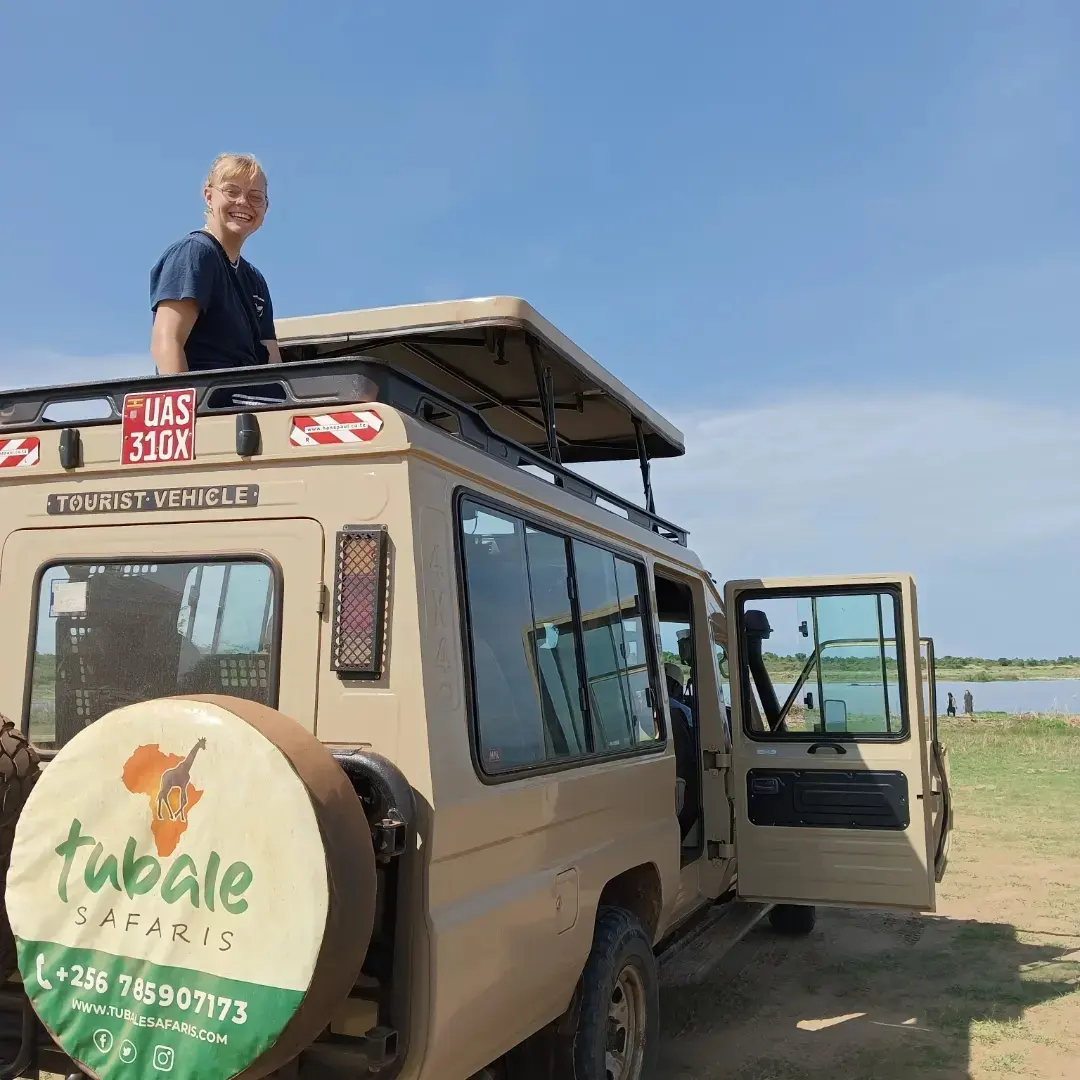
How Close Can I Photograph the Rwanda Gorillas?
However, photographing gorillas is a responsibility that requires knowledge, respect, and adherence to strict guidelines to protect these endangered animals. The question of proximity directly influences how tourists plan their gorilla trekking safari and what photographic equipment they bring. Tubale Safaris understands that while many travelers want stunning, intimate photos of gorillas, maintaining the health and comfort of the animals is paramount.
In this comprehensive guide, we will explore just how close you can get to photograph Rwanda gorillas during your safari. We will also discuss the best practices for ethical photography, the unique cultural experiences that complement gorilla trekking, and how you can combine your Rwanda gorilla trek with exciting wildlife adventures in Uganda. Whether you’re a professional photographer or a nature enthusiast, this overview will ensure your gorilla trekking safari is both unforgettable and responsible.
Proximity and Ethical Guidelines: How Close Can I Photograph the Rwanda Gorillas?
When asking, “How close can I photograph the Rwanda gorillas?”, it is crucial to understand that these incredible animals are protected under strict conservation laws that prioritize their safety and wellbeing. Gorilla trekking safaris in Rwanda are conducted under the supervision of skilled park rangers and guides who ensure visitors maintain a safe and respectful distance.
The official guideline recommends that tourists stay at least 7 meters (about 23 feet) away from the gorillas at all times. This distance helps minimize any risk of disease transmission, as mountain gorillas share about 98% of their DNA with humans and are vulnerable to human illnesses. Maintaining this distance also prevents stress or disturbance that could alter their natural behavior.
Despite this rule, habituated gorillas can sometimes approach visitors voluntarily, providing closer photographic opportunities. Such moments are extraordinary and require visitors to remain calm, still, and quiet to avoid startling the gorillas. Visitors should avoid sudden movements or loud noises that may provoke defensive reactions or cause the gorillas to withdraw.
In addition to the 7-meter rule, flash photography is strictly prohibited. The sudden bursts of light can frighten or disturb gorillas, so natural lighting and quiet shutter modes are preferred. This encourages the use of high-quality lenses with good zoom capabilities, allowing photographers to capture sharp, detailed images without encroaching on the animals’ space.
Photography Tips for Gorilla Trekking Safaris in Rwanda: Maximizing Your Experience
Knowing how close can I photograph the Rwanda gorillas? is just one part of preparing for a successful photographic safari. Tubale Safaris recommends travelers come equipped with appropriate gear and knowledge to make the most of their limited one-hour encounter with the gorilla family.
A telephoto lens with a focal length between 200mm and 400mm is ideal to capture close-up shots of the gorillas from a safe distance. Lightweight, fast lenses with wide apertures (such as f/2.8) perform best in the low-light conditions typical of the dense bamboo and montane forests. Image stabilization features also help counteract camera shake during handheld shooting in the rugged terrain.
Since the trekking experience involves walking through challenging forest trails, it is important to bring a compact camera setup that is easy to handle and weather-resistant to protect against moisture and dirt. Extra batteries and memory cards are essential as the unpredictable movements of gorillas mean you may need to snap many shots to get the perfect photo.
Patience and respect are the most important attributes of a successful gorilla photographer. Spending time quietly observing gorilla behavior such as grooming, playing, feeding, and communicating offers natural photo opportunities that tell compelling stories. Avoid forcing the moment; the best images come when you let the gorillas be themselves.
Combining Rwanda Gorilla Trekking with Uganda Wildlife Safari: An Enriched Experience
If you’re inspired to explore the question “How close can I photograph the Rwanda gorillas?”, consider extending your adventure by combining your Rwanda safari with a complementary Uganda safari. Uganda is world-renowned for its rich biodiversity, exceptional gorilla trekking safaris, and vibrant cultural experiences.
Uganda’s Bwindi Impenetrable Forest and Mgahinga Gorilla National Park offer equally amazing opportunities for Uganda gorilla trekking, with habituated gorilla families that can be photographed under similar ethical rules. Many travelers find that combining Rwanda gorilla trekking with Uganda’s wildlife safaris creates a comprehensive primate adventure that spans multiple ecosystems and cultural landscapes.
Beyond gorilla trekking, Uganda offers exciting chimpanzee tracking in Kibale Forest National Park, game drives to spot the Big Five in Queen Elizabeth National Park, and boat cruises on the Kazinga Channel. This diverse wildlife safari package adds depth and variety to your trip, while also allowing you to enjoy Uganda’s warm hospitality and rich cultural heritage.
By planning with Tubale Safaris, you can craft a seamless itinerary that maximizes your time with primates while experiencing the best of East Africa’s wildlife and cultures. This combination allows travelers to photograph gorillas and chimpanzees, enjoy cultural village visits, and explore spectacular landscapes in one unforgettable journey.
Cultural Encounters to Enhance Your Gorilla Trekking Safari in Rwanda and Uganda
When exploring how close can I photograph the Rwanda gorillas?, it’s important to remember that a truly memorable safari goes beyond wildlife. Tubale Safaris emphasizes the significance of integrating cultural experiences alongside your gorilla trekking safari to gain a fuller appreciation of the region’s heritage.
In Rwanda, the Volcanoes National Park region offers unique cultural activities such as community visits to local villages where you can witness traditional dance performances, participate in local craft-making workshops, and interact with the warm-hearted people whose lives are closely linked to the forest. These experiences provide context about conservation efforts and how local communities coexist with gorillas.
Similarly, Uganda offers meaningful cultural experiences including visits to the Batwa pygmies, forest-dwelling indigenous people with ancestral knowledge of the wildlife and forest ecology. Visitors can learn about their traditional hunting techniques, medicinal plants, and folklore, enriching the understanding of Uganda’s conservation landscape.
Other cultural activities include attending traditional ceremonies, exploring local markets, and sampling authentic East African cuisine. These encounters complement the wildlife viewing by fostering respect and support for local communities, which is crucial for sustainable tourism and long-term conservation success.
Understanding Gorilla Habituation and Its Impact on Gorilla Photography
A central element to answering how close can I photograph the Rwanda gorillas? lies in the concept of gorilla habituation. Gorilla habituation is the careful, gradual process by which wild gorillas become accustomed to human presence, allowing safe and close encounters for trekking and photography.
The habituation process can take several years, involving daily visits by trackers and researchers who slowly gain the gorillas’ trust. Once fully habituated, gorilla families permit limited human interaction, which enables tourists to observe and photograph the animals closely while they engage in natural behaviors.
For travelers seeking an extraordinary wildlife experience, Tubale Safaris offers gorilla habituation experiences where you can spend extended time with the gorillas as they adjust to human visitors. These experiences are rarer and physically demanding but provide unparalleled photographic and educational opportunities.
By participating in habituation safaris, tourists contribute directly to conservation efforts, as funds generated support park management and anti-poaching patrols. This synergy of conservation, tourism, and education makes gorilla habituation a cornerstone of responsible wildlife photography in Rwanda and Uganda.
Conclusion: How Close Can I Photograph the Rwanda Gorillas? The Final Word
To conclude, the question “How close can I photograph the Rwanda gorillas?” is met with a balance of opportunity and responsibility. Tubale Safaris assures travelers that while you can enjoy incredibly close encounters—often within a few meters of these magnificent creatures—the guidelines of maintaining a minimum 7-meter distance and avoiding flash photography are vital to ensuring gorilla safety.
With proper preparation, the right photographic equipment, and a respectful attitude, your gorilla trekking safari in Rwanda can yield breathtaking, high-quality images while preserving the wellbeing of the gorillas. Furthermore, combining this experience with a broader Uganda safari enhances your adventure, offering chimpanzee tracking, big game viewing, and rich cultural immersion.
Tubale Safaris invites you to embark on this unforgettable journey where wildlife, photography, and culture converge. Understanding how close you can photograph the Rwanda gorillas not only enriches your safari planning but deepens your connection to one of the world’s most extraordinary conservation stories.

